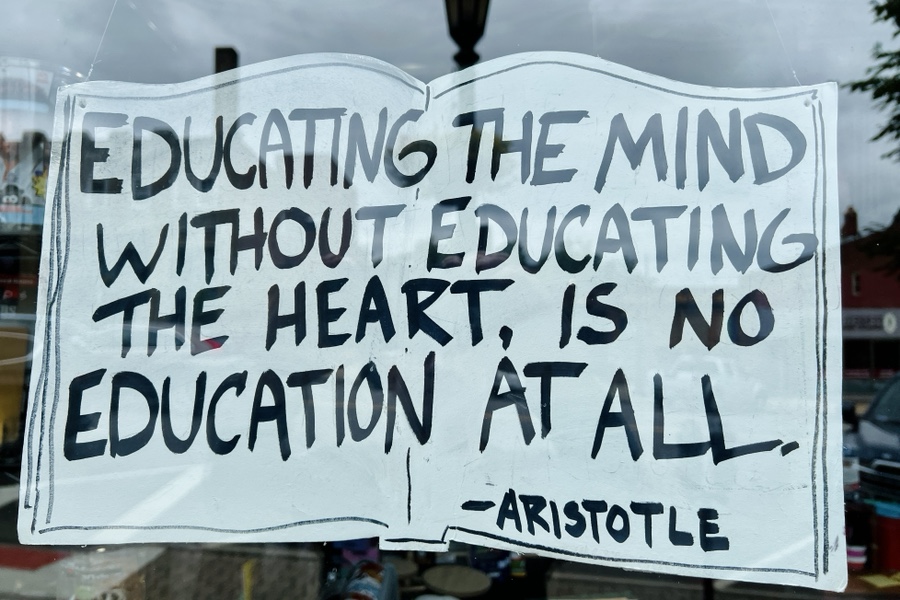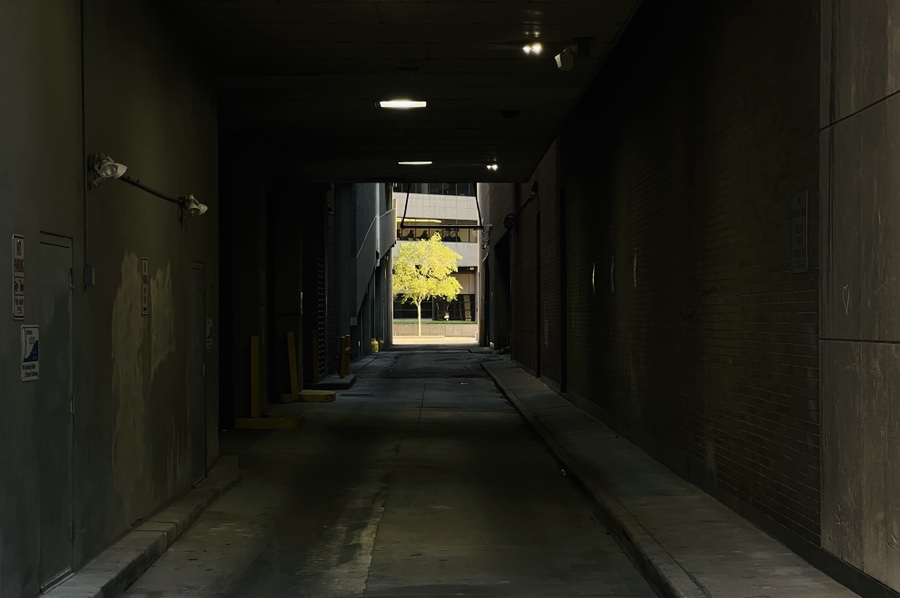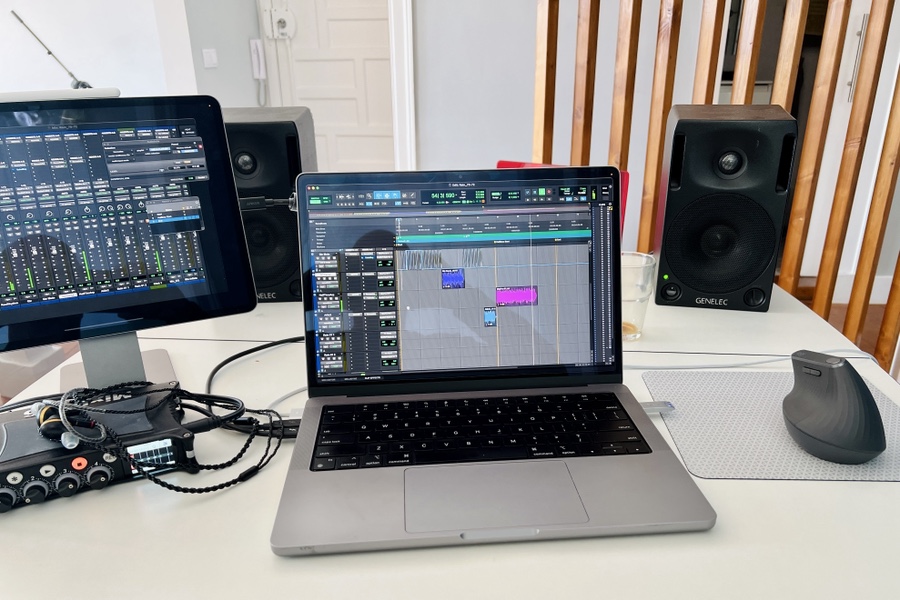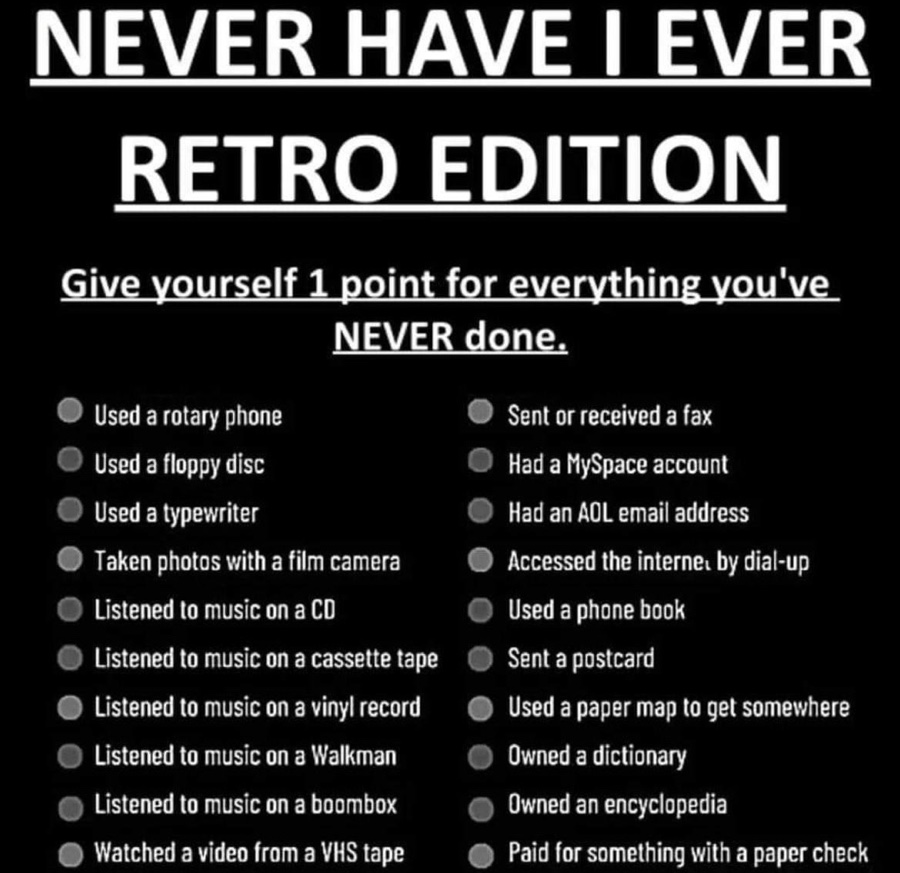02023-10-28 | Recording, Studio
Bob Katz Interview, Part 1 – Weiss Engineering – Pro Audio & High-End Hi-Fi
But I talked to Eric about his incredible cutting system and asked him, “If the very best that vinyl can do is to duplicate the original master, what’s the point of vinyl?” He had an answer to that. He said — “You know, vinyl customers are the ones that we seek. Because they pay attention to the artist’s music. They spend time in their living rooms, carefully put the record on, and listen from beginning to end. They don’t skip around like so many of us do when we listen to streaming”. And a light bulb went off in my head — that’s why we still have vinyl. For people who care and who do what I like to call slow listening. So there’s your answer.
The emphasis is mine. Slow Listening. I like that. I don’t know Bob Katz, but in this interview he speaks very highly about Doug Sax, who mastered nearly all of my albums for Epic Records, from Solo Para Ti until Innamorare, plus the one for Sony Classical. Doug Sax was the best. I loved going to his shop. All that custom gear… Question to self: How can slow listening be encouraged? Is there a ritual one could create? Something connected to the packaging? Can this somehow be achieved in the digital world? How?
Get yourself a voltmeter. If you’re going to compare this preamp to that preamp or this headphone amp to that headphone amp, make sure that the output levels of the two units exactly match within a tenth of a dB. Because if not, the louder of the two will probably sound better. In fact, I find that if you get even a tenth or two dB louder it gives the impression of having more depth and dimension. So whenever I read a review an audiophile has written where they don’t mention they matched the level, and they say “Wow, this new piece of gear has so much depth, and the sound stage is incredible” — I think maybe it’s just because it was louder. I don’t want to seem facetious or obnoxious about this. But it is absolutely 100% true and a known psychoacoustic fact.
That paragraph is gold. We have a very good memory for visuals, but our memory for audio sucks. We can compare things easily enough but wait a moment too long and the impression is gone. If the next impression is louder it will appear richer and better. Psychoacoustic Qu’est-ce que c’est… fa fa fa fa fa
When mixing — emotions govern your mix. And they should. If it sounds good, it is good. Say you’re mixing a bass instrument, even if it’s louder than you’ve ever mixed a bass instrument before, but you like the way it grooves — that’s good. So do what sounds good.
Exactly! That happens to me all the time. It’s what happens when you work with an amazing bass player! I swear, Jon keeps getting better.
02023-09-04 | Photos, Studio, Technology, Touring
It was great playing duets with Jon last week. Three cities, six shows. Can’t get much simpler than a guitar and an upright bass. We can do a lot with that… Well, we had a good time.
I saw this in the window of a bookstore in Kent: I returned yesterday evening and today I threw myself into binaural surround sound mixing, using SPAT Revolution. I watched a video and then pulled up a piece from Rain Poems to experiment. It was very frustrating at first. All I got was distorted sound. I’m still not sure what I did wrong. I messed with some faders and clicked some software buttons and suddenly it was working. It’s a whole different game, isn’t it!? I think this surround sound mixing will require making drawings and diagrams and using automation and and and.
I returned yesterday evening and today I threw myself into binaural surround sound mixing, using SPAT Revolution. I watched a video and then pulled up a piece from Rain Poems to experiment. It was very frustrating at first. All I got was distorted sound. I’m still not sure what I did wrong. I messed with some faders and clicked some software buttons and suddenly it was working. It’s a whole different game, isn’t it!? I think this surround sound mixing will require making drawings and diagrams and using automation and and and.
The excitement over Dolby Atmos at Apple Music always seemed over the top to me. I find it’s a lot like pushing Blu-ray over DVD. The story of a film captivates me more than sheer technological brilliance and pixel count. In addition, DVD was old technology and therefore accessible to more movie productions worldwide and I don’t often watch Hollywood films anyway. So I never bothered buying a Blu-ray player. Similarly, melodies and the musical performance are more important to me than hearing something in spectacular quality. It’s a trade off, isn’t it. I mean if you can dedicate a room to listening, and outfit it with 50-100k of great equipment and loudspeakers, I am sure it would be glorious. I might come for a visit but it’s not really for me. (wouldn’t it be cool if one could rent a room with an amazing sound system by the hour?)
My first impression is that the SPAT Revolution software is really impressive and that I should keep working with it, to see where it can take the music, but stereo is pretty damn good and compatible with more ways to listen. What’s your favorite way to listen to music? Loudspeakers? A surround sound speaker array? Headphones? The car? A mono bluetooth speaker?
I’ll end this post with a photo from Indianapolis: 
02023-08-20 | Computer, Recording, Studio, Technology
This month AVID, makers of the most ubiquitous studio recording software, Pro Tools, was sold to a Private Equity firm. I found this article about Private Equity very illuminating.
What can we expect? I think support will be slashed, subscription rates will be hiked, development will be cut…
What can you do?
Plan A:
We don’t update a hammer, or a guitar annually, but we have become used to (we were trained to?) updating our hardware and software regularly. While I have generally done that with my phone, I never did that with my recording computer and software. Everything until 2021, and including Bare Wood 2, was recorded on a Macintosh computer dating from 2003. The computer was running Pro Tools version 6.9.1, which was released in the fall of 2005. Very stable. So, I suggest using the perpetual version of the Pro Tools software and freezing your system. I use the perpetual version of PT (software version 23.6.0.110), running on my two year old MacBook Pro with the M1 Pro chip. That version of PT is finally running on Apple Silicon without Rosetta. All of my plugins are running natively as well. Mac OS 13.5.1 seems very stable. So this is where the laptop and the software will remain. Get out of the crazy updating cycle. A digital audio workstation is a tool, not something that needs to be changed constantly.
Plan B:
I also hear good things about Studio One.
02023-08-04 | Rain Music, Recording, Studio
A few months ago I looked into audio localization software for binaural and transaural mixing. I downloaded two different solutions and ended up not trialing neither because I started recording again and when the muses visit you must not stop and you must not interrupt them. You do as they say and you say please and thank you.
When I received an email from Flux this week, about their 50% off sale, I took it as a sign and bought the SPAT Revolution Essential software for $199.
Once I am happy with the stereo mixes for the 18 tracks of Rain Poems, I shall begin to experiment with SPAT.
The summer promo of 50% off continues until Monday.
02023-04-07 | HuHeartDrive, Lx, Photos, Recording, Studio

Did some work on a new piece this morning. This is the HuHeartDrive Mobile in situ in Lisbon. The Genelec are powered monitors I bought in the mid Nineties. Carried them here in a suitcase a year ago. I use them to play music in the apartment, normally plugging them straight into the computer. In this case they are plugged into the headphone output of the MixPre6. The second screen, on the left, is my iPad and it’s attached to a foldable magnetic stand by a company called Lululook. I carried the stand in my carryon bag. Left of the laptop are the MixPre6 and the Euclid IEMs, to the right is a vertical Bluetooth mouse by Logitech.
02023-03-23 | Recording, Studio

Why should one get a point for a lack of experience? Let’s turn this around and give a point for everything you have done. And how about a Musician Edition?!?
Have you ever…
– Tuned your instrument using a tuning fork
– Recorded on a four track cassette recorder
– Used two tape machines to create looping
– Cut and spliced analog tape
– Recorded on a 16 or 24 track 2″ tape Machine
– Demagnetized the heads of a 24 track recorder
– Used a paper track sheet
– Used a completely manual mixing console
– Noted all of the settings of a mixing console, because that was the only way to preserve them
– Taken polaroids to remember the exact position of a mic in relation to the instrument
– Used a tube microphone
I love the way I get to record now, the portability of the equipment, the flexability, the ability to return to a mix at any time and continue where I left off, but I am also really grateful to have known the analog process. That process had to, by nature, be a deep dive as walking away meant losing all of the settings and having to start over (which could sometimes be a good thing). There was an intensity to that process that was amazing. A gentle pressure cooker of learning. And expensive AF.

 I returned yesterday evening and today I threw myself into binaural surround sound mixing, using SPAT Revolution. I watched a video and then pulled up a piece from Rain Poems to experiment. It was very frustrating at first. All I got was distorted sound. I’m still not sure what I did wrong. I messed with some faders and clicked some software buttons and suddenly it was working. It’s a whole different game, isn’t it!? I think this surround sound mixing will require making drawings and diagrams and using automation and and and.
I returned yesterday evening and today I threw myself into binaural surround sound mixing, using SPAT Revolution. I watched a video and then pulled up a piece from Rain Poems to experiment. It was very frustrating at first. All I got was distorted sound. I’m still not sure what I did wrong. I messed with some faders and clicked some software buttons and suddenly it was working. It’s a whole different game, isn’t it!? I think this surround sound mixing will require making drawings and diagrams and using automation and and and.



